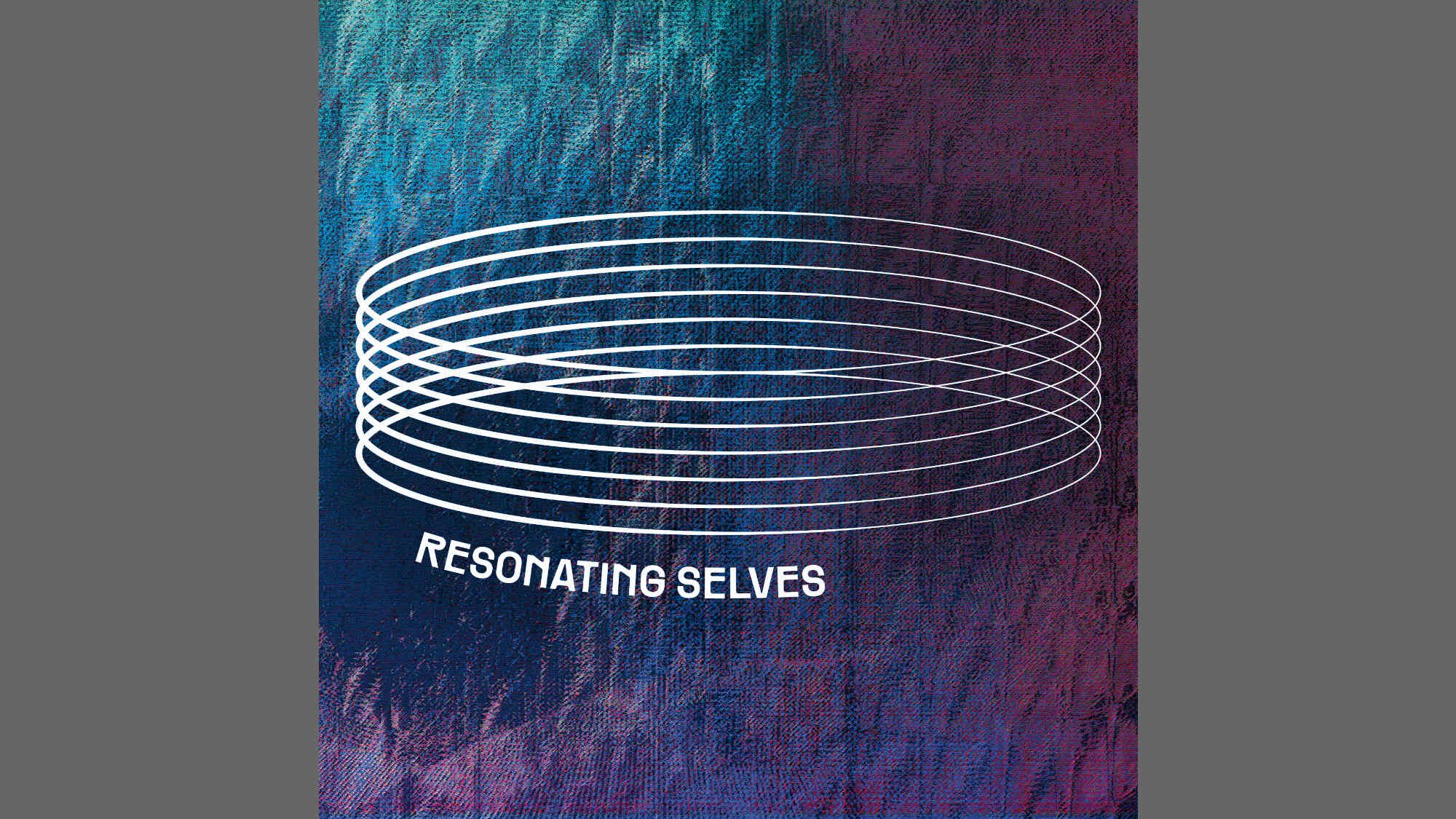Resonating Selves
In an era in which truth is increasingly elusive and subjective, the latest Interface Cultures student exhibition Resonating Selves presents a captivating exploration of how our identities resonate and interact with the world around us. The fusion of technology and artistic expression enables a deeper understanding of the interplay between the digital and physical realms. Through the lens of media art, these artists probe the complexities of truth ownership and its influence on our sense of self.
The convergence of technology, particularly artificial intelligence (AI), plays a pivotal role in this context. AI, with its capacity to analyze and generate information, becomes a powerful tool for questioning truth and exposing the multifaceted layers of our identities. Resonating Selves, within the context of the Ars Electronica Festival 2023, amplifies the festival’s overarching theme of “Who Owns the Truth?”
The exhibition acts as a catalyst for introspection, fostering dialogue on the intricacies of truth in our increasingly mediated and interconnected world. Each of the projects presented in this exhibition push the boundaries of our perception, inviting viewers to critically examine the dynamic relationship between human subjectivity and the objective reality we seek to comprehend. From interactive installations to immersive experiences, each artwork engages visitors in a profound exploration of personal truths and collective narratives.
As visitors engage with the artworks, they become active participants in an ongoing dialogue about truth ownership and the construction of selfhood. By navigating these immersive experiences, audiences are encouraged to question their own preconceptions, biases and societal influences.
Join us on this captivating journey as we navigate the enigmatic territory of truth, technology and the resonance of our multifaceted selves. Explore the boundless possibilities of media art and experience the profound impact of AI as it shapes our perceptions of truth, identity and the complex narratives that intertwine them.
-
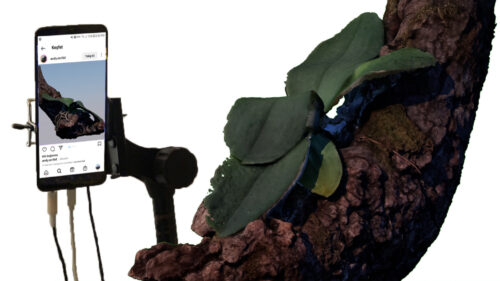
@theorchid_beauty
Volkan Dinçer (TR)
In @theorchid_beauty, the orchid becomes a cyborg in symbiosis with social media, revealing the relationship between capitalism and nature. This orchid survives on Instagram likes. It has its own Instagram and uses it for its own needs. When it needs water, it posts a selfie on Instagram and gets watered with likes.
-

999
Bálint Budai (HU)
999 is a virtual-reality project researching the realm of psychedelic entities. Users embark on a mind-altering digital journey, through an immersive and transformative trance.
-
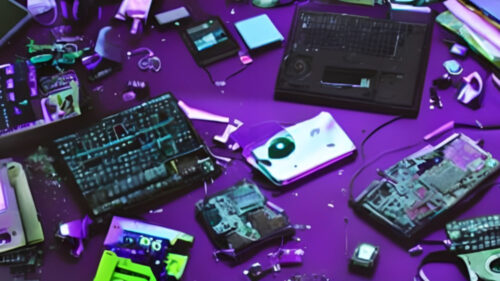
A Mesh/Mess Of Beings
Behiye Erdemir (TR)
Imagine being part of a network of devices. Data management sheds light on organizational challenges, misinterpretation and information transfer failure in your community. A Mesh/Mess Of Beings envisions an ecosystem where non-human entities prioritize their own interests, exploring absurd-yet-plausible relationships between familiar electronic devices.
-

Apophenia
Exhibition @ Kunsthalle Linz
An aesthetic presentation of speculative collective imaginaries and narratives invites the audience to question the constructed nature of our shared realities and notions of truth. Further aesthetic exploration of AI tools adds a new layer of complexity, amplifying new possibilities for biases and errors that can arise from this new shared agency.
-
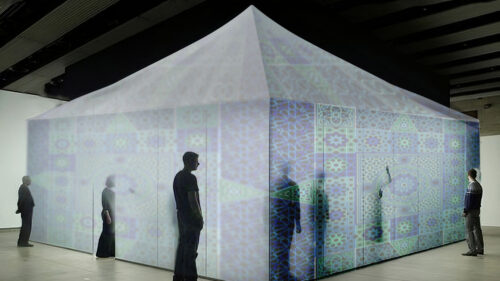
Contained Infinity
Salma Aly (EG)
Contained Infinity explores the philosophical themes behind Khayamiya, the art of tentmaking. Khayamiya art is a visual representation of the Egyptian community and identity.
-
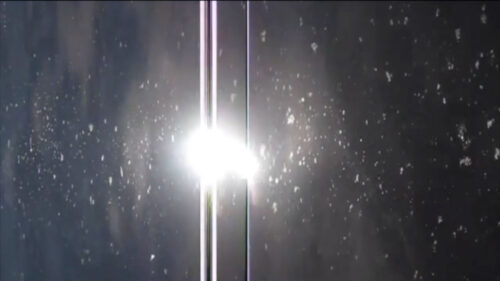
Danube Songs
LEONARDO LASER LINZ
Welcome to Laser Talk Linz, organized by the Interface Cultures department at the University of Arts Linz. In 2021, Linz joined the Leonardo LASER network. We continue our series Danube Songs looking into water as medium.
-

Data Trail Diary
Danielius Marius Šermukšnis (LT)
Data Trail Diary explores current mass surveillance. Previously limited and more targeted by its physical, visible presence, surveillance is now being replaced by a relentless digital ghost, ever-present in all layers of our lives.
-
![Future[past]](https://ars.electronica.art/who-owns-the-truth/files/2023/08/09_miguel-rangil-futurepast-500x281.jpg)
Future[past]
Miguel Rangil (ES)
In the eyes of progress, the past is immutable. It is a crystallized mineral. It is a continuously growing, exponential segment. All the points form that line we call “History”; blessed and sacred events that have shaped our world as it is today. How can we get rid of History?
-

I died on Facebook
MAalex, Alex Fallica (IT), Martina Pizzigoni (IT)
I died on Facebook is a game experience set in a cemetery, where Facebook profiles have been memorialized by their loved ones. The artwork prompts us to contemplate the impact of our immaterial selves on our physical lives, and the consequences of prioritizing our online personalities.
-

Illusion of Communication
Team 2054, Joann Lee (KR), Younggon Kim (KR)
Can we achieve perfect communication? The artwork consists of three parts: “Confiding,” “Sharing,” and “Spreading.” Users can experience unique communication. “Confiding”: user conversations are transformed into visuals. “Sharing”: is an open space for artist performances and translation.
-

LumiCore: Light-hearted Touch Interface
Rene Preuer (AT), Ingrid Graz (AT)
LumiCore: Light-hearted Touch Interface blends art and science, fusing tactile and visual elements with the aim of creating an interactive environment to take you on an immersive journey beyond ordinary perception.
-

Mirror Me!
Ahmed Jamal (EG), Simon Weckert (DE)
Reflections are formed in our minds and shape our ideas about who we are. Mirror Me! is an attempt to answer from different perceptions, the question: Who am I? What is the nature of self-reflection and how does it shape our perception of personal identity?
-
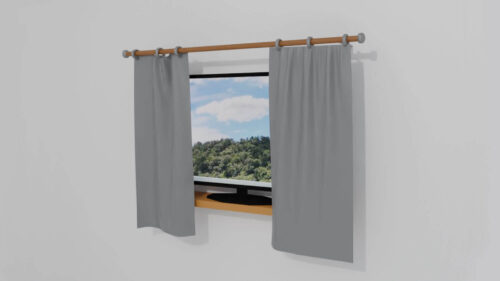
Parallax Window
Till Schönwetter (DE)
Parallax Window creates an interface in which perception is not a passive act of observation but an active engagement with the world. The work allows us to see the gap between different viewpoints, creating a parallax effect.
-

Qualia
Linaá Pulido Barragán (CO)
The artwork Qualia is an individual immersive experience that seeks to alter the viewer’s perceptually diverse range of experiencing realities. Through an optical and virtual sonic landscape, the user is induced to encounter the “reality” that is juxtaposed inside the eyeball and the image from outside.
-
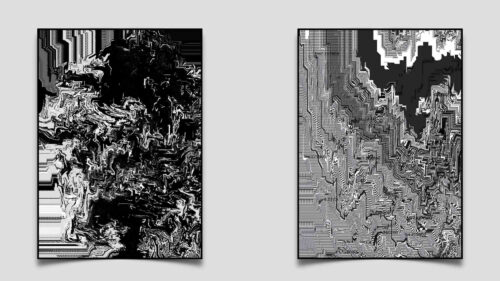
Raindrop Price Index–You Cannot Refill A Sea With Tears
Maria Orciuoli (IT)
Raindrop Price Index features two generative animations based on measurements of terrestrial ecosystems’ water balance cycles.
-
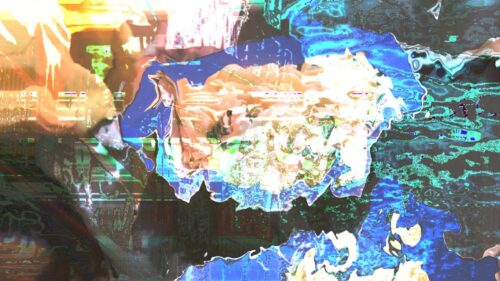
Reconsolidated Memories
Viktória Angyal (HU)
Reconsolidated Memories is an interactive video installation using pictures from the artist’s archive to illustrate how memories are processed and manipulated by the brain.
-
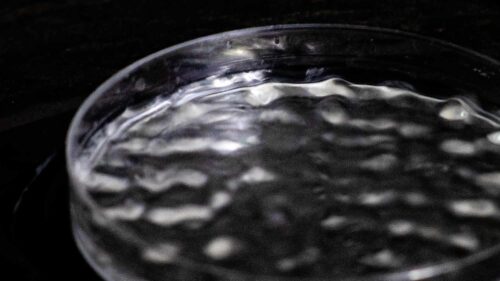
Resonating Absence
Emma Silvana Tripaldi (IT)
Resonating Absence is inspired by a feeling defined by the untranslatable word “Awumbuk.” This refers to the melancholy and sense of emptiness that lingers after visitors have left. The work detects the presence and movement of the viewers and attempts to communicate with them.
-

Self Dissolution
Katsuki Nogami (JP)
This work explores the personal interior and dissolves it through collective interaction. Participants occupying the space are scanned to reveal layers of a hybrid human radiological volume. As these layers build up, more of its form is revealed.
-

Skin Street
Katsuki Nogami (JP)
After I experienced racism, Skin Street encouraged me to interact with society and expand my comfort zone in this new city.
-

Unlearning Gender
Jelena Mönch (DE), Miguel Rangil (ES)
Unlearning Gender speculates on alternative modes of categorization to resist algorithmic-binary normalization. Through the symbolic hacking of the computer vision interface, the project aims to escape from gender and break with the technosocial binarisms embedded in technology.
-
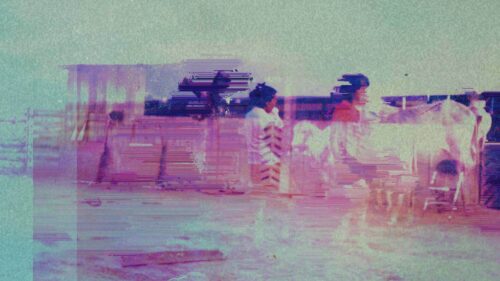
What we like to remember
Katherine Romero Martinez (CO)
What we like to remember is a performance and sound installation, gathering four artists from the University of Arts Linz at Interface Cultures to inquire about the nature of memory and community.
Faculty
Manuela Naveau, Laurent Mignonneau, Fabricio Lamoncha, Michaela Ortner, Gertrude Hörlesberger
